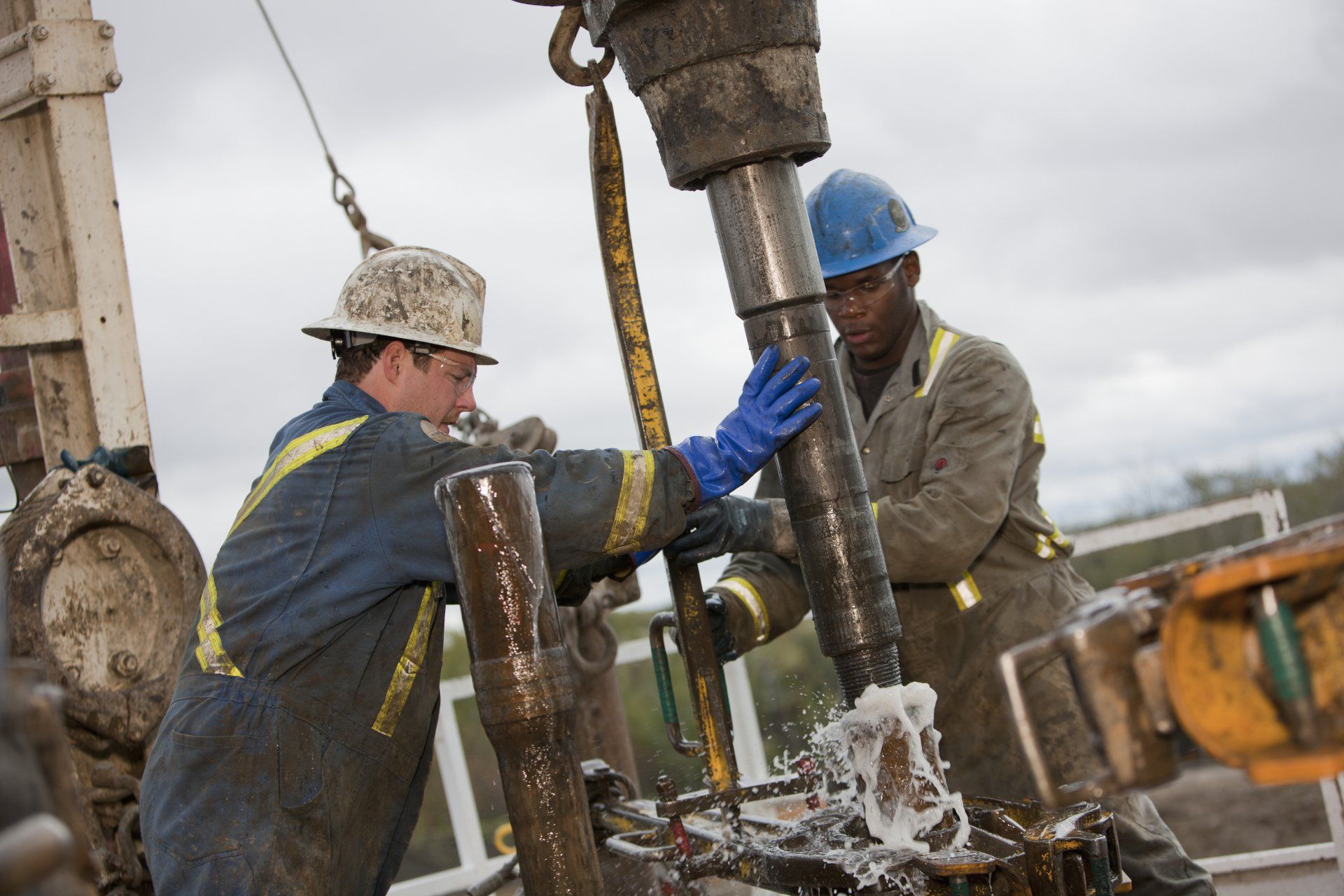Don't Leave Your Best Assets Buried
Rock River Minerals | January 15, 2020
How much of your net wealth is tied up in minerals?
Mineral and royalty rights are a unique and complex asset class. To understand them requires constant study and attention to the ever- changing facets of mineral value. Knowing when to hold and when to divest or partially divest your mineral and royalty rights can make all the difference to your portfolio diversification and your nest egg.
At Rock River, we can help you unlock the potential of your mineral and royalty rights. As an independent mineral and royalty investment company with decades of experience, we’re committed to helping the discerning owner navigate their divestiture options.
As an end-buyer of mineral and royalty assets, Rock River offers discreet, personalized service to ensure the maximum value for your assets by eliminating third-party brokers and middle-men. We provide education about your mineral and royalty assets as well as expert guidance with options tailored to fit your financial objectives.
To learn more about who we are and how we can help call us at (432) 262-1478.
An informed decision starts with information.
Are mineral and royalty interests real or personal property?
Mineral and Royalty interests are real property, and as such are eligible for like kind exchange with other real property.
How much are my mineral and royalty rights worth?
Ultimately, the value of your mineral rights is dictated by your current cash flow, the local geology, corresponding operators, a buyers’
appetite for risk, and the likelihood that additional wells will be drilled over a period of time.
How does the valuation process work?
Rock River will examine your ownership in order to determine the operator, relevant geological formations, and the remaining value of your existing production. Our technical and finance teams will then evaluate the horizontal development potential and make assumptions on when and if further development will occur. This analysis allows us to pay you today for the oil and gas in the ground before it is produced.
How long does a divestiture take?
Rock River strives to close and fund acquisitions within 30 days. This time is required for an in-depth confirmation of title and ownership.
Why sell?
It may not be apparent, but your mineral and royalty interests may be the greatest asset you have. Divesting all or a portion of your mineral assets accomplishes three primary goals:
- Monetization of yet to be recovered oil and gas reserves
- Reduction of risks associated with commodity prices and other macro-economic factors that determine further development of your property
- Portfolio diversification
Why Rock River?
Rock River’s team of geoscientists, engineers, financial analysts, and attorneys ensure its sellers receive maximum value for their mineral and royalty assets. Rock River’s principals have decades of experience in the mineral and royalty business. We pride ourselves on being open and honest with potential sellers. If you are considering selling a mineral or royalty interest, utilize Rock River’s experience and integrity to ensure that you are maximizing the value of your assets.
To learn more about mineral and royalty rights topics and better understand your options, visit our Knowledge Center
or call us at (432) 262-1478.
Find the path to reach your financial goals.

The Permian Basin in West Texas and New Mexico has rapidly become the largest source of new oil reserves in the United States. Drilling activity in the region is dominated by hydraulic fracturing, or frac’ing, which enables operators to access previously unreachable hydrocarbon resources located in tight shale rock formations. The tremendous upsurge in oil and gas drilling in the Permian has created challenges for operators in the region due to the difficulties they can face acquiring sufficient supplies of water for drilling and in managing the “produced water” generated by the drilling process. Frac’ing involves injecting large amounts of water, along with proppants such as sand and some chemical additives, into shale rock formations, opening up fractures to release the trapped oil and gas found there. A single frac’d well, on average, can use from 500,000 to 700,000 barrels of water – equal to more than 21 million gallons. As production continues to expand in the Basin, operators tend to use larger drilling pads to serve multiple wells, as well as extend lateral lengths to improve well yields. These tactics increase the demand for supplying, transferring, storing, and maintaining water at the location of each pad.

Hydraulic fracturing, commonly called frac’ing, is a completion technique in oil and gas operations that uses a high-pressure mixture of water, sand and chemical additives to unlock hydrocarbon resources such as oil and gas. The frac’ing process is mainly used in shale formations, where tight underground rock structures make traditional methods of producing oil and gas uneconomic. Frac’ing can be defined as a well stimulation process designed to maximize underground resource extraction. The process typically includes drilling a particular formation, casing the formation, completion or stimulating the well using water from the surface, producing the well, and disposing of waste from its operation. It is commonly used in conjunction with horizontal drilling to reach energy deposits that could not be accessed via traditional vertical drilling methods.
